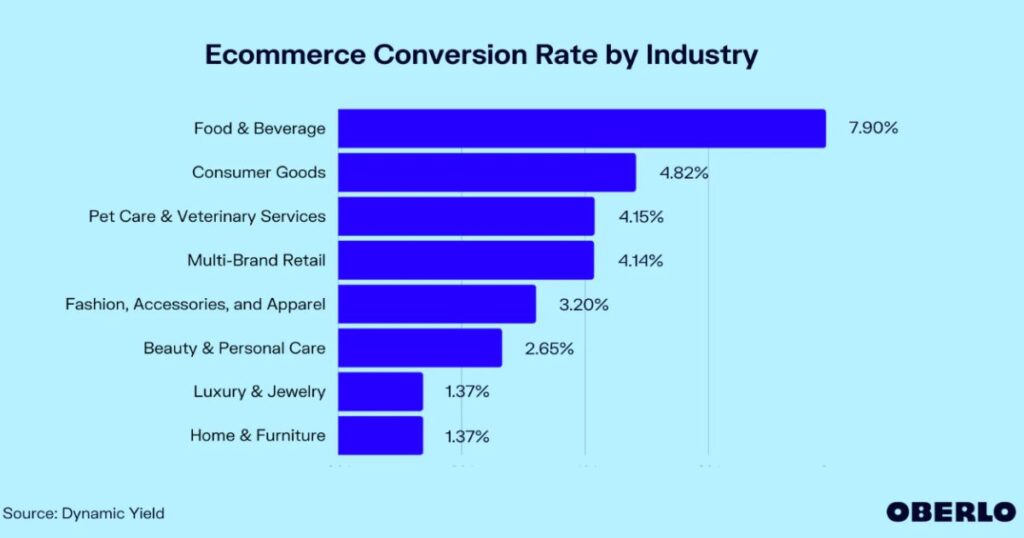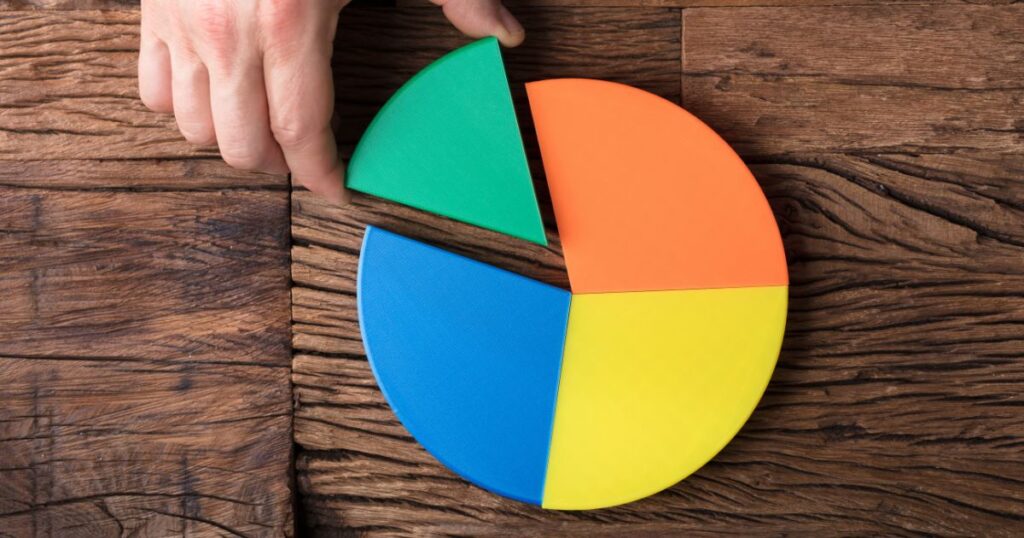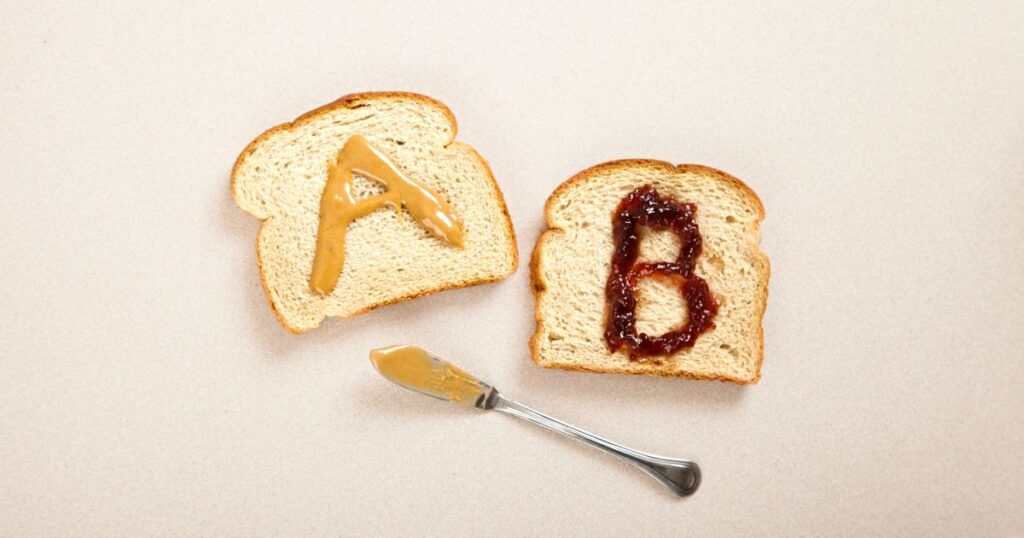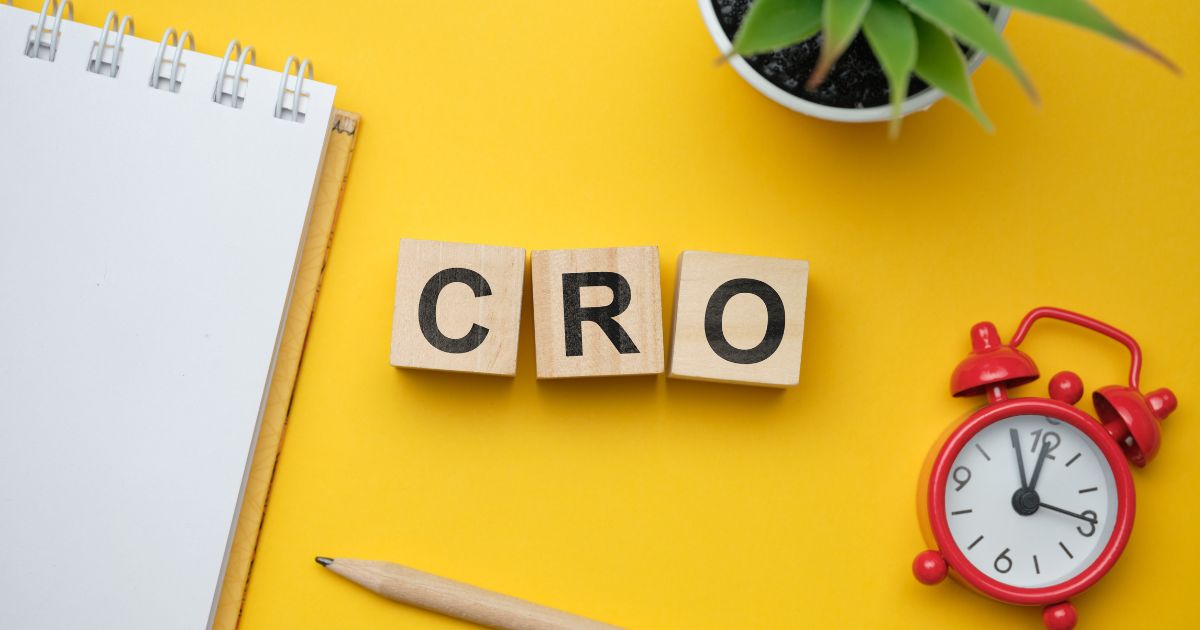Many Ecommerce websites struggle with low conversion rates (CVR). Their website looks great (or so they think) and their teams have put so much effort into the products and marketing campaigns. So are so few people buying?
In this article, we’ll review possible reasons for a low conversion rate, and how to improve it.
What Is Conversion Rate In Ecommerce?
Let’s start with some basic definition of what conversion rate is. Here’s the formula:
Conversion Rate = Number of purchases / Number of sessions
This means, that if your conversion rate is low, you’ll need to get much more traffic on your website to generate the same level of revenue.
Why Is Conversion Rate Important?
Conversion rate is one of the main KPIs affecting the success of a business, as it affects profitability directly.
The better the CVR is, the more customers the business acquires at a given time, and the higher the average revenue per visitor.
A business can’t be successful in the long run if its CVR isn’t good enough.
What Is a Good Ecommerce Conversion Rate?
Unfortunately, there’s no clear answer to this question. According to Shopify, average Ecommerce conversion rates in 2023 are around 2.5% to 3%.
However, conversion rates vary greatly between verticals and brands. Cheaper products tend to have a higher CVR than expensive ones, and known brands often perform better than lesser-known players.
You can however search for benchmarks for your vertical online and in trade publications. According to Oberlo’s study, as of February 2023, the average conversion rates across ecommerce businesses in the U.S. were at 1.64%.
Oberlo also analyzed the average CVR for some industries:

What Are Conversion Killers?
Conversion killers are elements that impact your conversion rate and result in a low conversion rate.
Generally speaking, you should analyze these three topics, to identify them:
- Onsite reasons
- Offsite reasons
- Product-market fit
Other factors that affect conversion rates are seasonal trends, promotions, and macro effects such as recession.
More often than not, a low conversion rate is caused by a combination of conversion killers, and not a single one.
In the next sections, I’ll give a few examples of conversion killers in each topic.
Onsite Conversion Killers
We’ll start by looking into possible reasons for a low conversion rate on your website.
Here are some points worth looking into:
- Poor website navigation: Confusing website navigation can frustrate visitors, making it difficult to find what they’re looking for. Ensure your site has a clear and intuitive navigation structure to guide users smoothly through their buying journey.
- Slow page load times: People expect websites to load quickly. According to Google, every second of delay in mobile page load can decrease CVR by up to 20%. Optimize images, use caching, and optimize your code to improve loading times.
- Not thinking mobile first: As of July 2023, 66% of global internet traffic was from mobile devices. Non-responsive or poorly optimized mobile sites can be a serious conversion killer. Ensure your navigation is optimized for mobile, and all important information on the product pages is easy to find.
- Complicated checkout process: A complicated and lengthy checkout process can lead to shopping cart abandonment. Streamline your checkout process, minimize the number of steps, and offer guest-checkout options to boost conversions.
- Poor product images: Low-quality or insufficient product images can leave customers uncertain about their purchase. Invest in high-quality images that showcase products from various angles. Lifestyle images give prospects a good idea of what products look like in real life. This will also help to decrease returns.
- Insufficient product information: If your product pages lack essential information like materials, care instructions, and returns policy, potential buyers may lose trust and look elsewhere. Provide comprehensive and accurate product details to avoid this.
- Hidden or high shipping costs: Unexpected shipping costs during checkout can lead to cart abandonment. Be transparent about shipping costs and consider offering free shipping when possible.
- Limited payment options: Not offering common payment options can deter potential customers who prefer specific payment methods. Incorporate popular and secure payment gateways to cater to a broader audience.
- Lack of social proof: Word of mouth is probably the strongest marketing channel. In its base, it’s all about establishing trust. People look for signals to support their buying decisions. On your online store, this might look like customer testimonials or product reviews and if you have many followers on social media, that’s a huge plus. Make sure your website includes these trust signals.
Offsite Conversion Killers
The quality of traffic you send to your online store also affects your conversion rate. Consider these points:
- Targeting: Are you targeting the most relevant users, your ideal customers? Are you targeting the right locations and demographics? Pay attention – people who click your ads aren’t necessarily the same ones who’ll buy from you.
- Ads creative: Are your ads good enough? Do they include an engaging, clear value proposition? Or do your ads build expectations that your website can’t fulfill?
- Wrong landing page: Are you sending users to product pages or to an article explaining their benefits? The closer you send users to the product, the better your conversion rate will be. An exception to this rule is for high-ticket or complex products. In these cases, more education might be needed before prospects are ready to purchase.
- Poor landing page: Sometimes the landing page makes a lot of sense, but lacks a clear call to action. The customer finds the content useful but isn’t sure what to do next. This is especially common with blog articles, created to capture high-funnel traffic. Ensure customers don’t get stuck by adding relevant links and clear call-to-actions (e.g. product carousels or ‘read more about his product’ button).
- Campaign type/ bidding strategy: Are you using the right one? For example on Facebook Ads marketers can select ‘Traffic’ as campaign objectives. This campaign type will generate a lot of clicks for a low CPC, but the conversion rate will be poor. On Google Ads, there’s a similar option to select ‘maximize clicks’ as a bidding strategy.
- Marketing mix: How is the traffic mix between your different channels? While it’s important to diversify the traffic sources and cater to users in all funnel stages, the share of top-of-funnel channels or campaigns shouldn’t be too high (e.g. display or SEO articles). Otherwise, your conversion rate will be skewed down.

Product-Market Fit Issues
I left these to the end, as these are often the hardest issues to fix. These conversion killers often stem from strategic blindspots or wrong assumptions.
Here are some examples:
- High competition: Are you competing in a saturated market? If you are, have you considered your UNIQUE selling points? What makes you different from the other players? Why would a customer who’s been used to a certain well-known brand change to yours?
- Pricing strategy: Does your pricing strategy match your brand positioning? You can’t charge a premium without telling potential customers why they should pay it. This can be done implicitly, by design, or explicitly by the messaging on your ads and website.
- Unclear benefits: If you offer a unique product, are you educating your potential customers about its uses and benefits?
- The product doesn’t fit the market: Many brands that are successful in one market try to expand into new countries. But a product that sells well in the US, might not perform as well in the UK. Each market has its unique characteristics and preferences.
How to Improve Your CVR
So after we’ve seen a few examples of what might cause a low Ecommerce conversion rate, let’s discuss how to fix it.
This field of marketing is called conversion rate optimization (CRO). It analyzes the customer journey to identify different points to improve, focusing on the website.
CRO involves the marketing, product, and UX/UI departments. The main methodology which is used in CRO is A/B testing.
What does A/B testing look like? The team selects an element it identifies as significant for conversion rate, for example, the add-to-cart button on product pages. If the team wants to test a different call-to-action, a hypothesis is written down, and the test is usually executed using an A/B testing tool. Such tools often show 50% of the site visitors the original version (A), and the test version (B) to the rest.
Here’s an example of a hypothesis: ‘Changing the call-to-action from ‘add to cart’ to ‘I want this’ will increase the add-to-cart rate, because the new text is more emotional.’
Another way of A/B testing, when you don’t have an A/B testing tool or for certain changes is by comparing performance before and after a change. This would make sense for technical topics such as improving site speed.
Note: Ideally, you should only test one element at a time and eliminate any influences that might bias results. If you’ve added a new payment method onsite, and during the same week you’ve also had a strong sale, you won’t know what caused the change.

Conclusion
A low conversion rate can be a result of many factors. These can be onsite, such as bad UX/UI; offsite, e.g. by poor management of your digital marketing campaigns on Google and Facebook; or product-market fit issues that are more strategic.
To improve low conversion in your online store, you should analyze the entire customer journey, and identify the points most likely to affect it.
Then, you’ll apply a series of A/B to test improvements for each element one at a time. Every time you identify a new test version (B) performs better than the baseline (A), you should implement it on your website, and move on to the next test.
Further Reading:
- What Is Conversion Rate (CVR) And How to Improve It
- Digital Marketing Insights From Managing Campaigns for 20 Online Shops
- Google Ad Extensions: Improve Your CTR And Boost Your Sales (With Examples)
- Google Ads vs. Facebook Ads For Ecommerce: Which Advertising Platform Is Better For Your Business?
- 13 Ways To Optimize Google Shopping Ads (In A Profitable Way)

